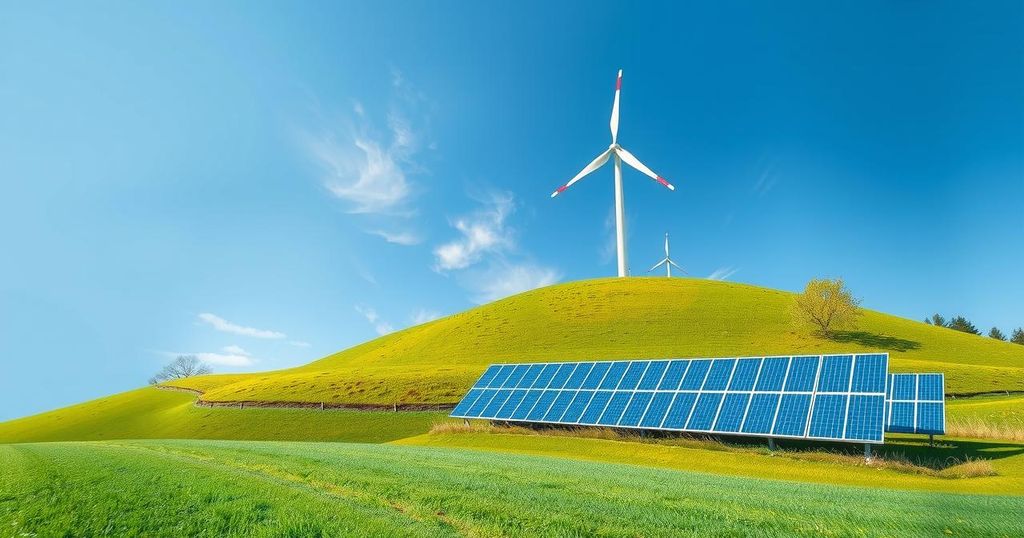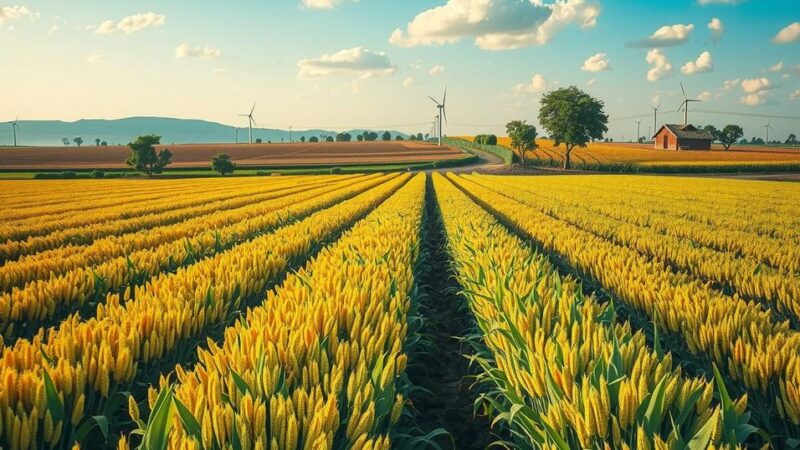Nepal aims for net zero emissions by 2045, ahead of the global target. Despite a low contribution to carbon emissions, the country faces significant challenges related to climate vulnerability and development goals. Key barriers include dependency on fossil fuels and inconsistent policies, yet opportunities exist through its hydroelectric potential. Collaborative efforts among stakeholders are crucial for sustainable development and achieving net zero targets.
As nations prioritize sustainability, achieving net zero carbon emissions by 2050 has emerged as a key goal globally. Nepal aims to graduate from a least developed country status by November 2026 and seeks to achieve net zero emissions by 2045, five years ahead of the global target. However, challenges stemming from developmental aspirations and Nepal’s unique geography raise questions about its preparedness to reach this objective.
Although Nepal contributes a mere 0.03 percent to global carbon emissions, it is highly susceptible to climate change impacts like erratic rainfall and glacier melt, which affect rural livelihoods. Under the Paris Agreement of 2015, Nepal committed to national climate goals and has submitted two sets of Nationally Determined Contributions (NDCs) aimed at mitigating climate change. Nevertheless, the country has struggled to meet its initial NDC targets due to inadequate stakeholder engagement and political will.
The Government of Nepal’s latest NDC submission includes a detailed action plan addressing sectors prioritized by the National Climate Change Policy, including energy and waste management. The estimated cost for the NDC’s implementation is around $33 billion, with a significant portion reliant on international funding, particularly for infrastructure improvements and greenhouse gas reductions in various sectors.
Major barriers to Nepal achieving its net zero goals include an over-reliance on fossil fuels, traditional biomass energy, and methane emissions from livestock. Although its carbon emissions are low, achieving net zero emissions by 2045 remains a formidable challenge against the backdrop of rapid economic growth ambitions. Additional barriers include inconsistent policies that hinder the adoption of electric vehicles and inadequate infrastructure.
On the positive side, Nepal’s untapped hydroelectric potential presents a significant opportunity to transition to renewable energy, addressing energy needs while replacing fossil fuel reliance. Transitioning to a low-carbon economy necessitates careful planning and balanced economic assessments to avoid instability caused by abrupt shifts, as seen in other countries like Sri Lanka.
Achieving net zero by 2045 necessitates considerable funding and transformative changes across sectors such as energy and agriculture. Strategic evaluations of current policies and plans are vital as Nepal prepares for its next NDC. A collaborative, holistic approach among stakeholders is essential to ensure alignment with Nepal’s broader goals of sustainable development and economic growth.
Nepal is committed to ambitious climate goals, aiming for net zero emissions by 2045, yet confronts significant barriers including reliance on fossil fuels and policy inconsistencies. Sustainable development requires careful planning and investment, alongside collaboration among stakeholders. With its hydroelectric potential and strategic policy development, Nepal can transition towards a greener economy while achieving its socio-economic aspirations.
Original Source: asianews.network






